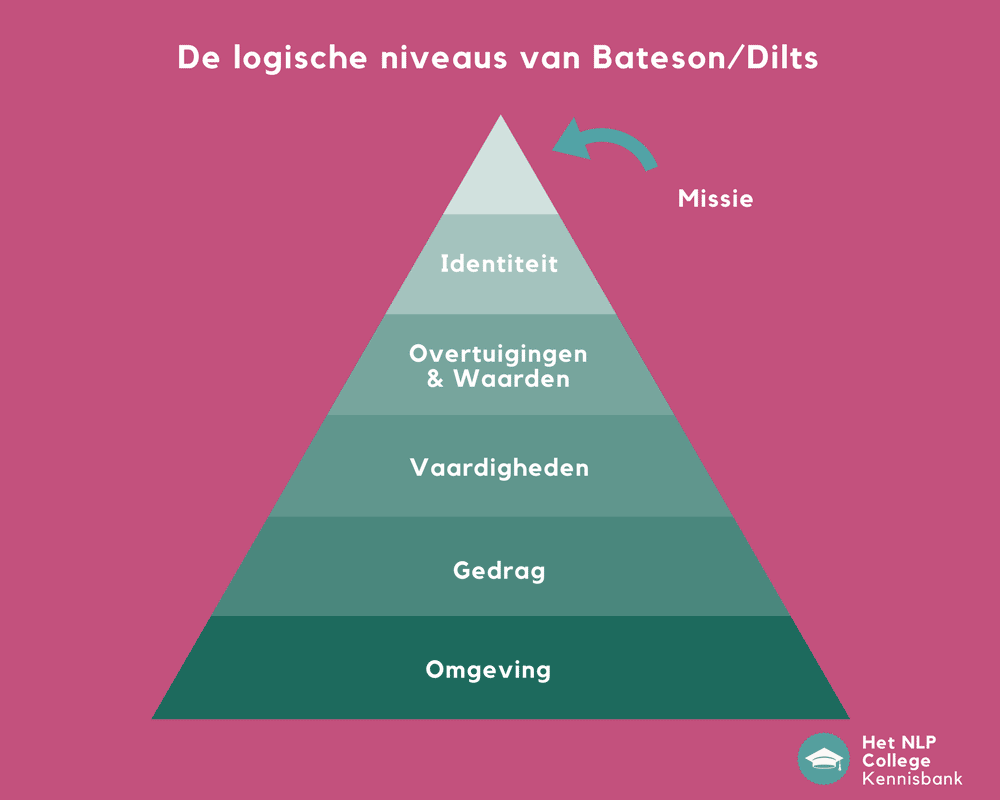


Bateson used his theory of schismogenesis to help foster discord among enemy fighters. He was deployed on covert operations in Burma and Thailand, and worked in China, India, and Ceylon as well. He spent much of the war designing ' black propaganda' radio broadcasts. He was stationed in the same offices as Julia Child (then Julia McWilliams), Paul Cushing Child, and others. In the 1940s, he helped extend systems theory and cybernetics to the social and behavioral sciences.Īlthough initially reluctant to join the intelligence services, Bateson served in OSS during World War II along with dozens of other anthropologists. He spent the years before World War II in the South Pacific in New Guinea and Bali doing anthropology. In 1928, Bateson lectured in linguistics at the University of Sydney.įrom 1931 to 1937, he was a Fellow of St. After this event, which transformed a private family tragedy into public scandal, the parents' ambitious expectations fell on Gregory. The resulting stress, combined with a disappointment in love, resulted in Martin's public suicide by gunshot under the statue of Anteros in Piccadilly Circus on 22 April 1922, which was John's birthday. Martin Bateson (1900–1922), the second brother, was then expected to follow in his father's footsteps as a scientist, but came into conflict with his father over his ambition to become a poet and playwright. John Bateson (1898–1918), the eldest of the three, was killed in World War I. John's College, Cambridge, in 1925, and continued at Cambridge from 1927 to 1929.Īccording to Lipset (1982), Bateson's life was greatly affected by the death of his two brothers. The younger Bateson attended Charterhouse School from 1917 to 1921, obtained a Bachelor of Arts in biology at St.

He was named Gregory after Gregor Mendel, the Austrian monk who founded the modern science of genetics. He was the third and youngest son of (Caroline) Beatrice Durham and the distinguished geneticist William Bateson. His association with the editor and author Stewart Brand helped widen his influence.īateson was born in Grantchester in Cambridgeshire, England, on. He was interested in the relationship of these fields to epistemology. He was one of the original members of the core group of the Macy conferences in Cybernetics (1941–1960), and the later set on Group Processes (1954–1960), where he represented the social and behavioral sciences. In Palo Alto, California, Bateson and colleagues developed the double-bind theory of schizophrenia.īateson's interest in systems theory forms a thread running through his work. His writings include Steps to an Ecology of Mind (1972) and Mind and Nature (1979). Gregory Bateson ( – 4 July 1980) was an English anthropologist, social scientist, linguist, visual anthropologist, semiotician, and cyberneticist whose work intersected that of many other fields.


 0 kommentar(er)
0 kommentar(er)
